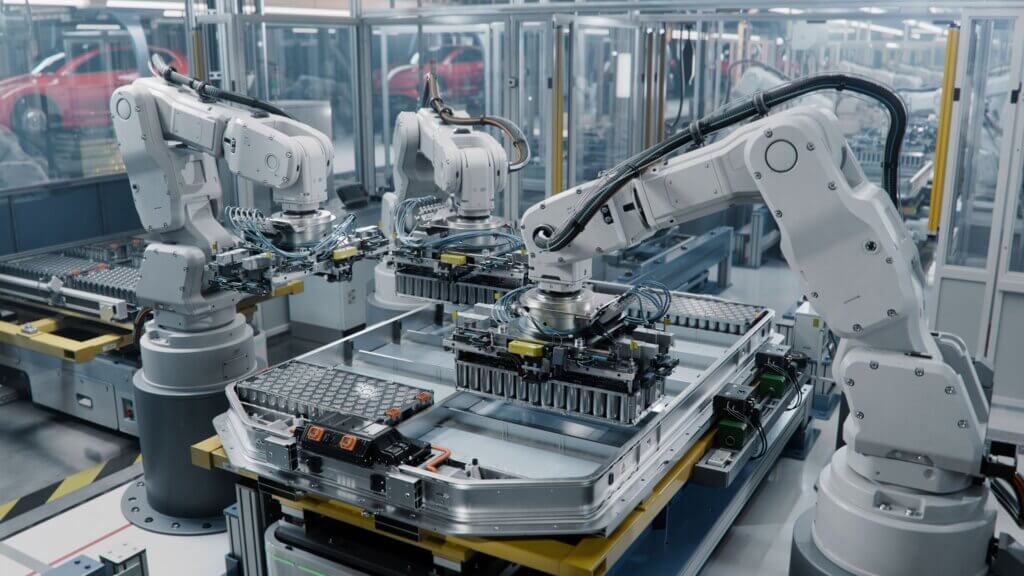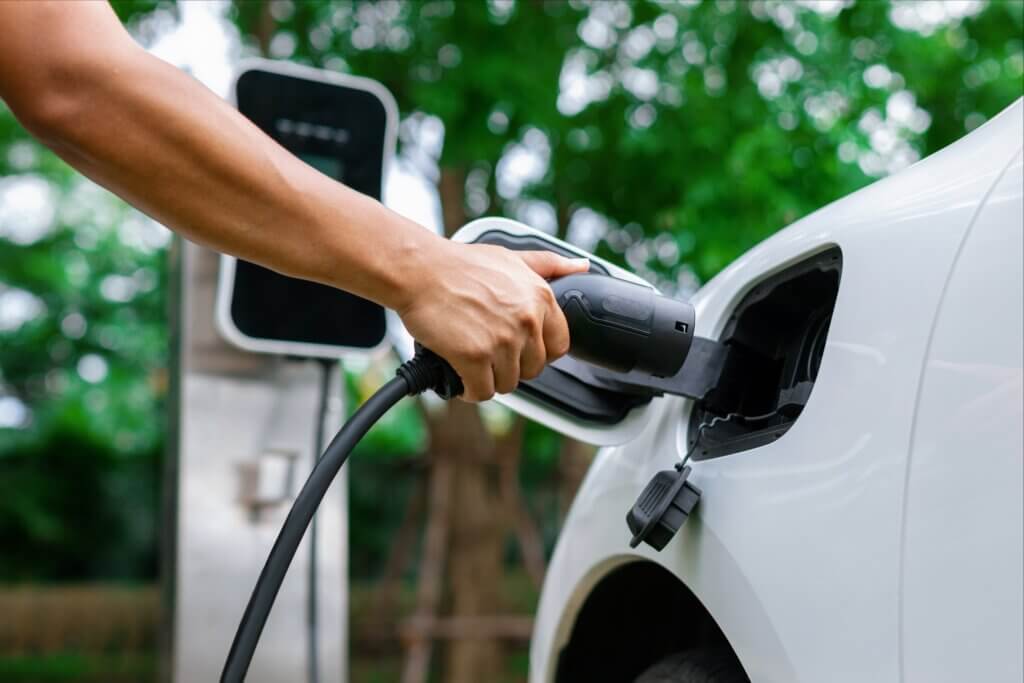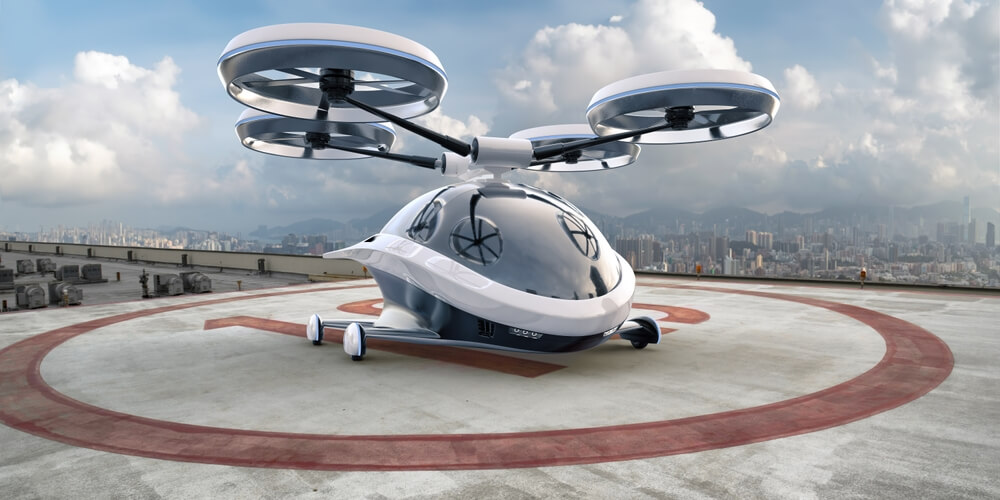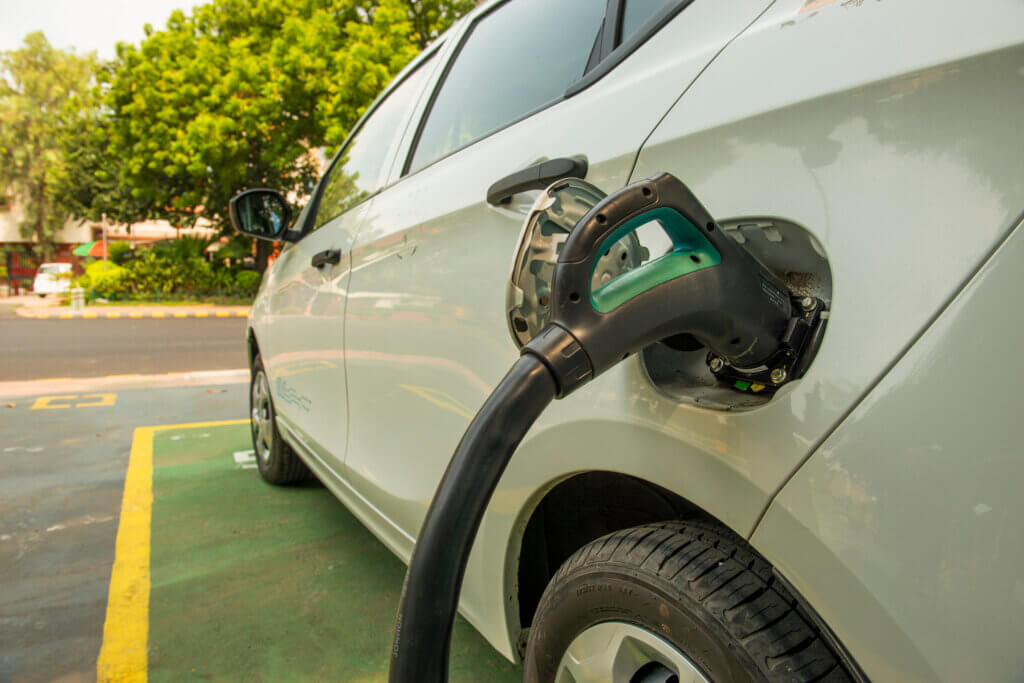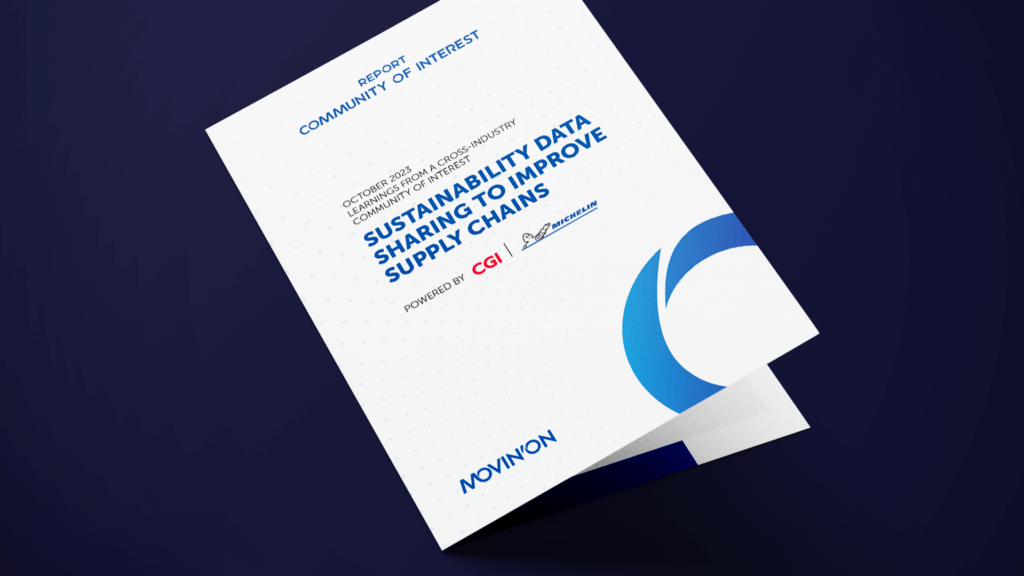Happiness Matters
A sunny day, an open road, a performance-perfect motor, favorite music playing – it’s joy on wheels. Once relegated to the back seat, happiness is becoming a key focus of transportation project planning, newly considered as important as factors like vehicle miles traveled, crash rates, and transit accessibility.
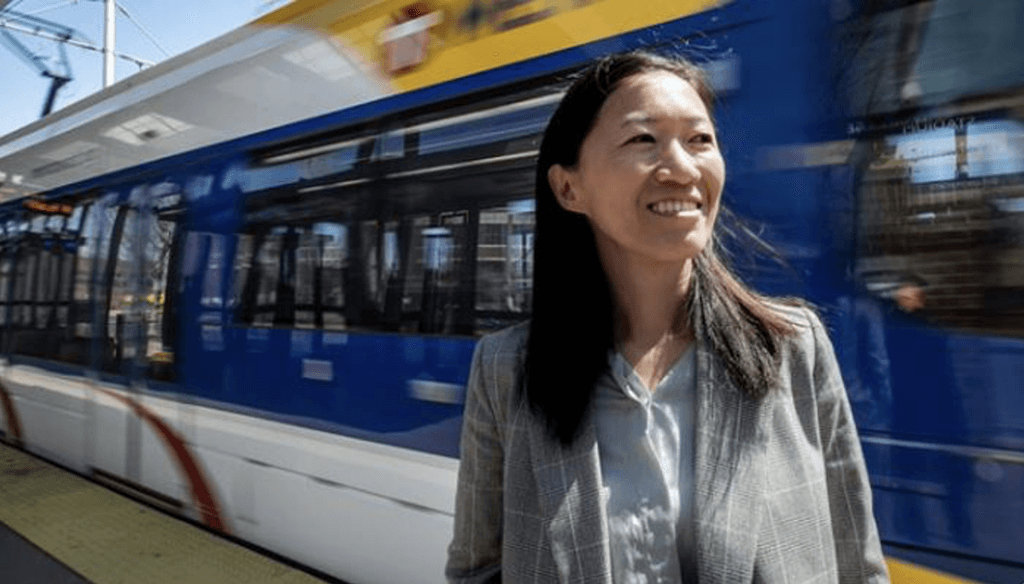
Dr. Yingling Fan, professor of urban and regional planning at the University of Minnesota’s Humphrey School of Public Affairs, believes it is inevitable that state Departments of Transportation across the United States will eventually benchmark “happiness of the people” for whom they build an infrastructure project as a key performance indicator, a quantifiable measure of performance over time, right up there with safety, on-time, and on-budget standards.
“Traditionally in transportation, it’s always been about getting you from Point A to Point B quicker,” Dr. Fan explained in a 2023 interview with the ETAP Newsletter, a publication of the American Association of State Highway and Transportation Officials.
“WHEN YOU OVER-EMPHASIZE EFFICIENCY, YOU KIND OF MINIMIZE THE HUMAN EXPERIENCE. SO, I WOULD SAY HAPPINESS SHOULD BE A NEW PERFORMANCE MEASURE FOR OUR TRANSPORTATION SYSTEMS WHERE WE CAN MAXIMIZE THE HUMAN EXPERIENCE.” –Dr. Yingling Fan, professor, urban and regional planning, University of Minnesota’s Humphrey School of Public Affairs
Dr. Fan tested this idea with a pilot program in Minneapolis-St. Paul, where she developed a Transportation Happiness Map, first published in 2020.
To create the map, a GPS-based mobile application captured the routes and transportation modes of commuters, whether they traveled by car, bus, bike, rail, or on foot.
After the commute, they were asked what emotions they experienced on the trip, including happiness, meaning, pain, sadness, tiredness, or stress.
The study concluded that people commuting along a scenic riverside route were the happiest with their commute. Cycling won top honors as the happiest mode of transport.
Traditionally, biking and walking have been considered “inferior modes” by transportation officials because they are slower means of travel, Dr. Fan said. But that type of analysis does not factor in that “the biking and the walking are happier than the driving.”
Users of the Minneapolis-St. Paul Transportation Happiness Map can interactively explore street and road segments that are associated with positive and/or negative emotional experiences based upon their interested travel modes and travel time periods.
The map is admittedly exploratory in nature, but the researchers concluded that overall, biking-based transportation happiness levels are higher than the transportation happiness levels associated with other modes of travel.
The data shows clearly which streets in downtown Minneapolis are the least happy and which are the happiest, information that is valuable to transportation planners.
The map was funded by Center for Transportation Studies at the University of Minnesota, and data to make the map is from the SRN: Integrated Urban Infrastructure Solutions for Environmentally Sustainable, Healthy and Livable Cities project funded by the National Science Foundation.
Science Advances Happiness as a Planning Standard
Now receiving increased attention, these understandings are not really new. Researchers at Clemson and the University of Pennsylvania released a study in 2015 that found people who bike to their destinations are the happiest.
Using the American Time Use Survey collected by the Bureau of Labor Statistics, Eric Morris and Erick Guerra were able to determine the average mood felt by people during different types of travel. They found that cyclists were happier than car drivers, passengers or public transit riders.
“Happiness is one of the most ancient subjects researchers have thought about: how do you live the good life?” Morris told “American Bicyclist” magazine in 2014. “With modern data gathering, we can finally get some empirical answers with evidence rather than just speculation.”
“HAPPINESS IS VERY WIDELY STUDIED IN ECONOMICS AND PSYCHOLOGY, BUT THE STUDY OF HAPPINESS HAS COME LATE TO THE FIELD OF TRANSPORTATION, URBAN PLANNING AND CITIES.” – Dr. Eric A. Morris, assistant professor of city and regional planning specializing in transportation, Clemson University, and a former TV writer
Happy Drivers are Happiest in a Convertible
A study conducted by the automaker Stellantis and published in September 2023, found that when driving a convertible, drivers are up to 19 percent happier, 32 percent less stressed, and 15 percent more alert than they are in a car with a roof.
FIAT partnered with Dr. Lisa Dorn, an associate professor at the University of Wisconsin, Oshkosh, to understand the physiological and psychological differences and benefits of convertible driving.
“When driving with the top down in a convertible we experience greater levels of feedback from the road environment. This may be further increased in an electric vehicle, which emits much less noise and enables the driver to better take in their surroundings,” Dr. Dorn said,
“In these circumstances, our data shows that this creates a sort of open-air euphoria that makes us feel physically and psychologically better, and possibly even drive more safely,” she said.
Damien Dally, FIAT UK Managing Director, said, “At FIAT, we know the joy that driving a convertible brings to motorists, particularly in the UK, which is often dubbed the convertible capital of Europe. That’s why we have always offered the 500 as a convertible, were the first to offer a four-seater electric open-top to the UK, and why we are one of only a handful of manufacturers that offer an electric convertible to UK car buyers today.”
“Now there’s science to prove what we always thought, drivers are happier with the roof down,” Dally said. “It’s fascinating to see what happens to our minds and our bodies when going for a spin in the open air. Driving an All Electric Fiat 500 should be a joyous experience, and this study shows whether the roof is up or down, drivers were happier behind the wheel. It’s also interesting to see that it can benefit drivers in other ways, whether that be being more alert or calmer behind the wheel.”
In or Out of the City, Happiness Counts
When you, in your vehicle – convertible or roofed – pass that big freight 18-wheeler heavily loaded on a long haul across the country, you hope the driver is happy, but Drive My Way, a truck driver recruiting platform focused on drivers and their needs, has found that driver happiness levels are falling.
IT’S IRONIC THAT IN TODAY’S CONSUMER-LED JOB MARKET, WE DON’T VIEW DRIVERS AS CONSUMERS THEMSELVES. TRUCK DRIVERS HAVE INFINIATE CAREER OPTIONS, AND TOO MANY ARE NOT HAPPY WITH THEIR CURRENT JOB. – Beth Potratz, CEO Drive My Way
In 2023, Drive My Way conducted a nationwide survey of over 500 drivers to understand what makes them happy in their careers and lives. Then they compared the 2023 findings with the results of their first study on driver happiness conducted in 2019.
“Are you happy with your job?” their survey asked. Only 51 percent of drivers said yes.
Potratz says driver happiness levels have dropped by three percent since 2019, when 54 percent of surveyed truck drivers reported they were happy with their jobs.
Younger and newer drivers expressed less happiness than older, more experienced drivers, another change from 2019. Female drivers and those working for larger companies continued to express slightly higher satisfaction levels than male drivers and those driving for smaller companies.
Drivers with one or two years of experience reported lower happiness levels than any other group with only 44 percent saying they were happy in their current role, and three out of four looking for other jobs. Only 40 percent of drivers reported that they get the information they need to be successful.
“A truck driver’s life and job are inextricably connected, therefore it’s critical their job fits their needs and preferences so they can live the life they want doing the job they love,” Potratz said.
AI Is Here Now, Can It Help?
“The definition of artificial intelligence (AI) is continually evolving just like its number of applications,” the U.S. Federal Highway Administration (FHA) says.
The National Artificial Intelligence Act of 2020 defines AI as a machine-based system that can, for a given set of human-defined objectives, make predictions, recommendations, or decisions influencing real or virtual environments.
In transportation, AI predictions, recommendations, or decisions can range from advanced driver-assistance systems and predictive traffic modeling to safer, cleaner, smarter, and more efficient processes in construction, surface automation, and intelligent transportation systems (ITS).
In the construction industry, including roadway construction, nearly 350,000 unfilled positions exist, and the construction industry is where the second highest number of work-related severe injuries occur. The use of AI and robotics can address the labor shortage and create jobsites that are safer and more productive.
In surface transportation automation, including automated driving systems and smart infrastructure, AI enhances detection systems. It can be applied to a vehicle’s detection system, where sensor input and map data are fused to detect all objects (static and dynamic) from the environment and enable a vehicle to plan its trajectory.
Similarly, AI can enable infrastructure sensors to fuse data from multiple sources including connected and automated vehicles, traffic detectors, including radar and video, plus environmental and contextual data.
In addition, AI applications can enhance intelligent transportation systems, including asset management, traveler support tools, commercial vehicle and freight operations, emergency management, and Transportation Systems Management and Operations (TSMO).
With TSMO, for instance, AI can be applied at the system, technical, and operational levels to optimize the performance of a multimodal infrastructure to preserve capacity, advance efficiency, and productivity, and improve the security, safety, and reliability of the U.S. transportation system.
For as much as AI can add to transportation, there are many challenges to its adoption, including the perceptions of users, developers, and researchers; ethics, especially in the fields of privacy and surveillance; equity for everyone, including older people and people with disabilities; and bias, that is AI systems making decisions based on biased historical or social inequities.
Other challenges include safety, cybersecurity, human behavior, weather impacts, public trust, and coworker trust in working alongside AI-enabled teammates.
Further challenges include issues surrounding data, supporting technology, bias, security, privacy, ethics and equity, generalization, model drift, explainability, talent/workforce availability, and stakeholder perception, when stakeholders are skeptical or mistrustful of AI systems or have exaggerated expectations of AI systems’ capabilities.
Complicating matters is the lack of clear definition of who is liable when a vehicle, device, equipment, or system that uses AI is involved in a crash, is hacked, or produces erroneous results.
A detailed listing of challenges for AI in intelligent transportation systems can be found in the October 2022 report, “Artificial Intelligence (AI) for Intelligence Transportation Systems (ITS): Challenges and Potential Solutions, Insights, and Lessons Learned.”
Still, the happiness studies are accumulating, especially for drivers of electric cars. A July 2023 study by Zap-Map, a UK and EU electric vehicle charge point mapping service, found that 90 percent of EV drivers expressed satisfaction with their EVs and would not trade them for a petrol or diesel car. A similar 2023 survey of EV owners by Plug In America found 90 percent said they are “likely” or “very likely” to buy an EV as their next vehicle.
Toute l’actualité de Movin’On
dans votre boîte mail
Auteur
Partager
Tweets de @movinonconnect
Movin’On News Special Edition - Movin’On Summit program
Movin'On News - EP01 - Movin'On Summit 2024 announcement
L’actualité de la mobilité durable
Découvrez les dernières tendances, des analyses thématiques et nos prochains rendez-vous

